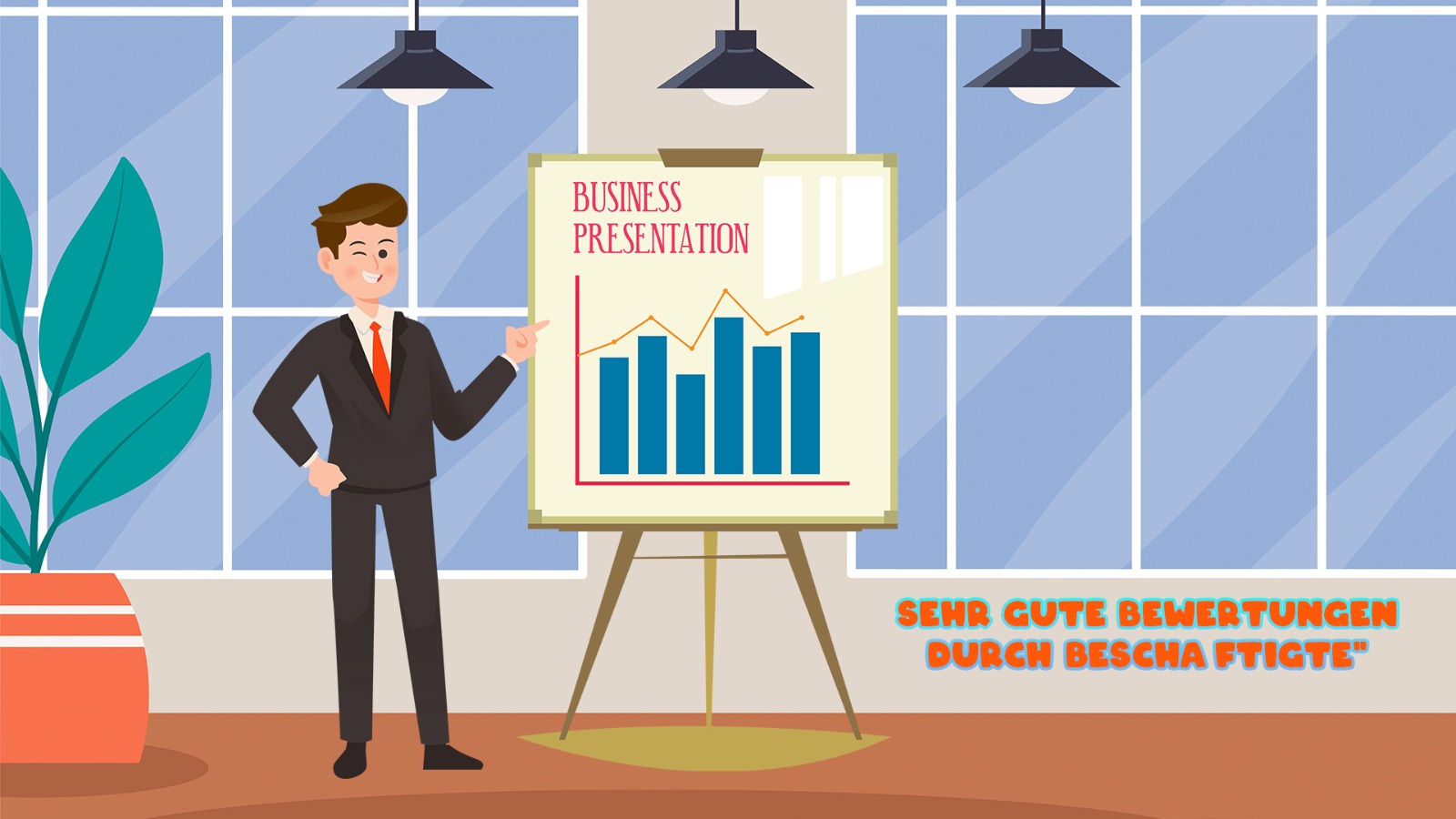2D Animation: The Timeless Art of Sequential Drawings
2D animation, short for two-dimensional animation, is a classic and enduring form of visual storytelling that has been captivating audiences for over a century. It is a technique where characters, objects, and scenes are created in two dimensions, typically on a flat surface, and then manipulated to create the illusion of movement through a sequence of images.
The core principle of 2D animation lies in the creation of a series of hand-drawn or digitally illustrated frames, each slightly different from the previous one. When these frames are played in rapid succession, typically at 24 frames per second, the human eye perceives them as continuous motion. This is the foundation of how 2D animation brings characters and stories to life.
Traditionally, 2D animation was accomplished through hand-drawn animation on sheets of paper or celluloid, a transparent plastic material. Animators painstakingly crafted each frame, paying meticulous attention to details like character expressions, movement, and background elements. This process required immense skill and patience.
In the modern era, 2D has evolved with the advent of digital tools and software. Animators now use digital tablets and software programs to create and manipulate 2D characters and scenes. While the tools have changed, the essence of 2D remains the same: the careful crafting of individual frames to convey motion and emotion.
Applications of Animation
2D animation has a timeless appeal and is used in various forms of media, including television, film, advertising, and web content. It has the versatility to convey a wide range of styles, from whimsical and playful to dramatic and emotional. Iconic characters like Mickey Mouse and Bugs Bunny, created through 2D , have become cultural symbols.
In summary, 2D animation is a classic and enduring art form that relies on the sequential presentation of two-dimensional images to create the illusion of motion. Its rich history and continued relevance showcase the enduring power of this timeless animation technique.

